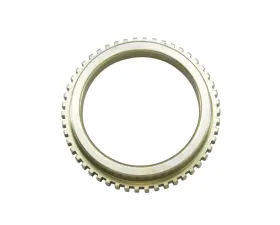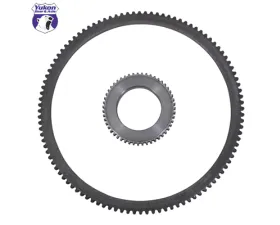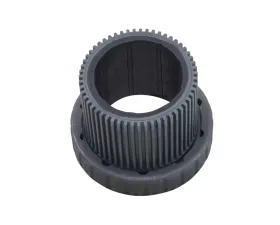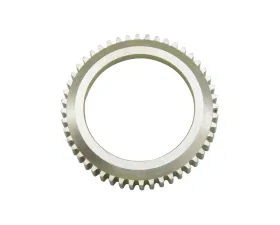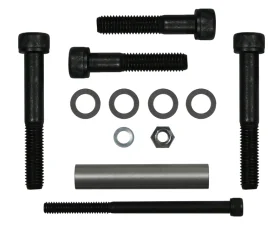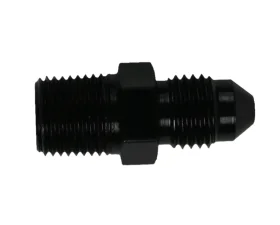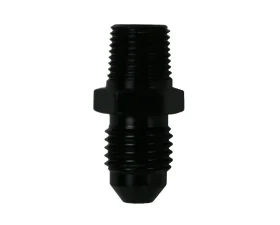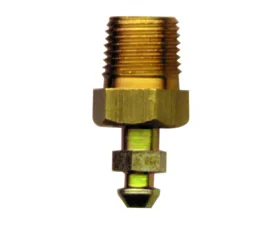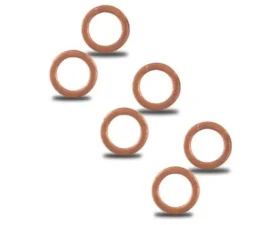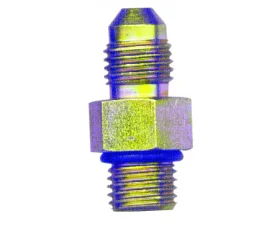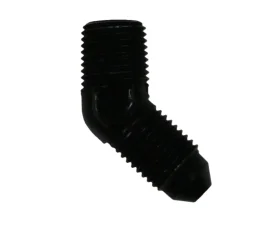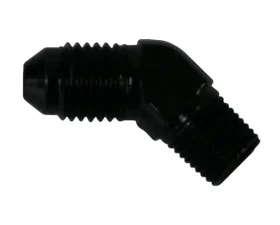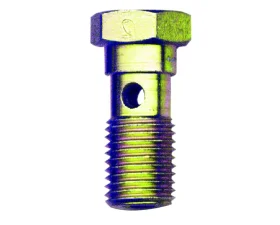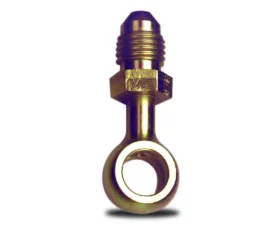NOW TILL 11/14 ENJOY $1 to START Financing - LEARN MORE
Brake Accessories
Enhance your vehicle's braking performance with our premium selection of brake accessories at Vivid Racing. From high-quality brake pads and rotors to essential hardware and fluid, we offer everything you need to ensure optimal stopping power and reliability. Whether you're a street enthusiast or a track racer, our top-notch products are designed to meet the demands of any driving style. Upgrade your ride and experience the difference in performance and safety today!
ABS Axle Tone Ring Ford 7.5 Inch And 8.8 Inch In 05-14 Mustang Yukon Gear & Axle
ABS Tone Ring 03 And Up GM 8.6 Inch And 9.5 Inch 55 Tooth Yukon Gear & Axle
ABS Tone Ring Chrysler 8.25 Inch And 9.25 Inch Rear Axles 3.7 Inch Diameter 48 Tooth Yukon Gear & Axle
ABS Tone Ring Model 35 3.88 Inch Diameter 47 Tooth Yukon Gear & Axle

What are the Parts of a Braking System?
The most known parts of a brake are the calipers, pads, and the disc. But there is more to it than just that. Like the car’s engine and transmission that has many parts to make a car go, the braking system also has lots of parts to make your car stop. Brakes generate massive amounts of heat. After all, it is the only system in a vehicle that produces well over 1,000 degrees Fahrenheit of heat, aside from the combustion chamber.
Brake Pads
Your vehicle’s brake pads and rotors last the longest and perform the best when they are kept within their optimum temperature range. Cracking rotors and run-down brake pads are an indication that the ideal temperature range has been exceeded.
Brake pads are the key brake part because they are the component that comes into contact and apply pressure and friction to the brake rotors of a vehicle — the flat, shiny disks that you can sometimes see just behind the wheels of some vehicles. The pressure and friction applied to the brake rotor is what slows down and stops the wheel. When the wheels stop turning, the vehicle stops moving, too. Although the role of the brake pads as braking parts is quite simple, the brake pads themselves are anything but that.
Brake Cooling Ducts
You can extend the life of these parts by installing brake cooling ducts on your car, all while shortening braking distances. Rotors are designed to dissipate heat, but the air in the wheel well and inside wheel’s barrel is turbulent and slow-moving. Because of this, heat tends to build up around the brakes, which diminishes their ability to shed the heat that is produced.
Brake ducts work by channeling air from a high-pressure source (usually the front surface of the car) to the brake rotor. The air that is introduced by the ducts is cooler than that of the brakes and so, the airflow continuously moves the hot air away. This process allows the brakes to shed heat faster and dramatically lower the average operating temperature of your brakes.
Brake Sensors
The amount of technology we have in modern cars today is beyond phenomenal. It allows the driver to be informed of what is happening both inside and outside of the car at any given moment. One of the biggest benefits it provides us with is information about our braking system. This is obviously important because properly functioning brakes are what keep you and your car safe in moments of unexpected danger.
The wear sensors are designed to break or complete the circuit once the brake pad has worn enough to allow the sensor to contact the brake rotor. Usually, a warning light will light up on the dash, indicating that it's time for a brake pad change.
Brake sensors are designed to let you know when your brakes are in need of maintenance before it’s too late. When your brake maintenance light triggers, be sure to replace the brake sensor, as they are only meant for a one-time use. Re-using old brake sensors that have already been triggered will not function with new pads. Instead, they will continue to show you that your brakes need replacing. So, be sure to keep an eye out for all lights and take good care of all the brake parts in your car’s braking system.
Brake Master Cylinders
The brake master cylinder is the first component of the vehicle's braking system, activated by a brake pedal. The pedal pushes the piston through this cylinder, forcing the brake fluid through the brake lines to the slave cylinders at each wheel, which in turn drives the pistons that force the friction material against the wheel hubs, stopping the wheel.
The master cylinder is designed to last the life of the car, but like the brake calipers, it can sometimes spring out or otherwise fail, and must be rebuilt or replaced. The master cylinder is topped by the brake fluid reservoir, which must be kept full.
Backing Plates
Backing plates are metal plates that act as a solid foundation for a drum brake. Made of steel, these plates are fitted with a wheel cylinder on which the brake shoes are then attached. Dealed with the parental duties of the brakes, without these metal back plates, all the braking hardware attached would have nothing to grip on.
Being fixed to the back plate, the brake shoes are equipped with the necessary grip and strength to stop the vehicle through friction.
On the other hand, the brake back plates located in the drum brakes are shaped like slightly shallow dishes with holes used as fasteners. Holding the braking systems together, the back plate functionality can be observed when the driver pushes the brake pedal down. This motion applies pressure to the hydraulic fluid found in the brake lines. A wheel cylinder containing two pistons at the top and bottom can be found at the top of the back plate.
Buying from Vivid Racing is the best choice you can make. We back every part we sell with our guarantee of satisfaction. Hands-On Experience and Professionalism is what makes us the best.
Buy online or give one of our world-class sales professionals a call at 1-480-966-3040 If you don't see what you are looking for.

.jpeg?q=90&p=thumb&w=200&h=200)



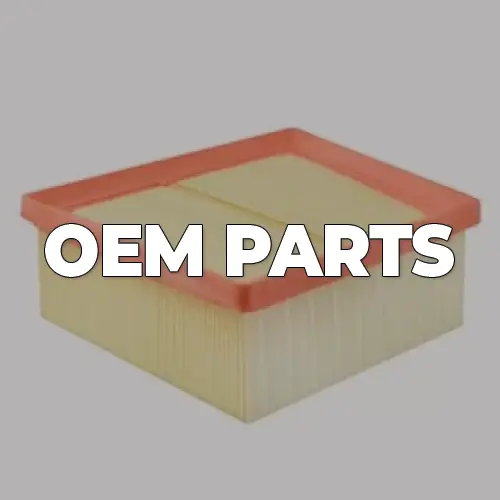

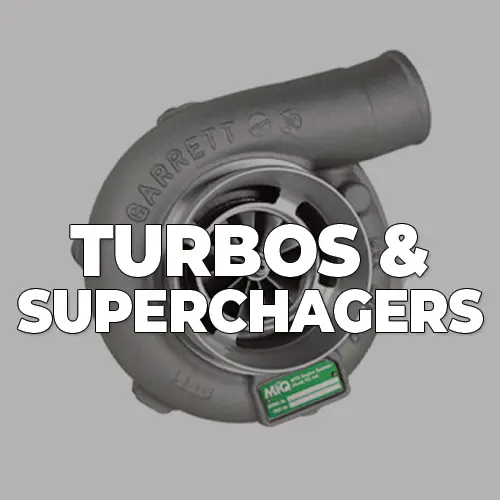

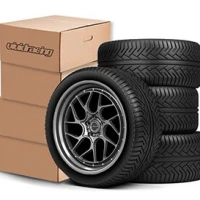


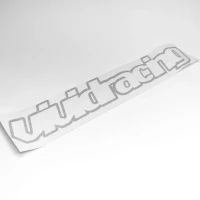
.jpeg?q=90&p=thumb&w=40&h=40) Brakes
Brakes  Driveline
Driveline  Electronics
Electronics  Handlebars & Controls
Handlebars & Controls  Package Deals
Package Deals  Wheel Accessories
Wheel Accessories  Wheels by Vehicle
Wheels by Vehicle  Tools and Maintenance
Tools and Maintenance  Universal & Repair
Universal & Repair  Vivid Racing Gear
Vivid Racing Gear 